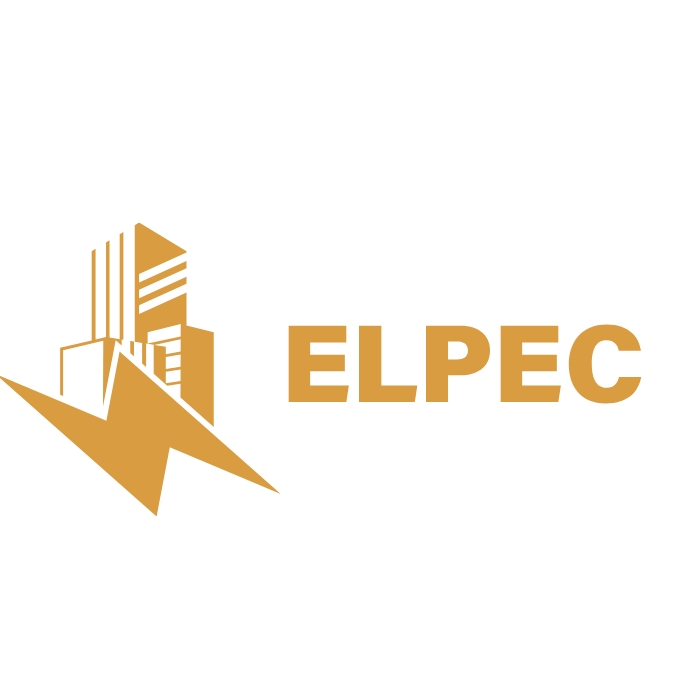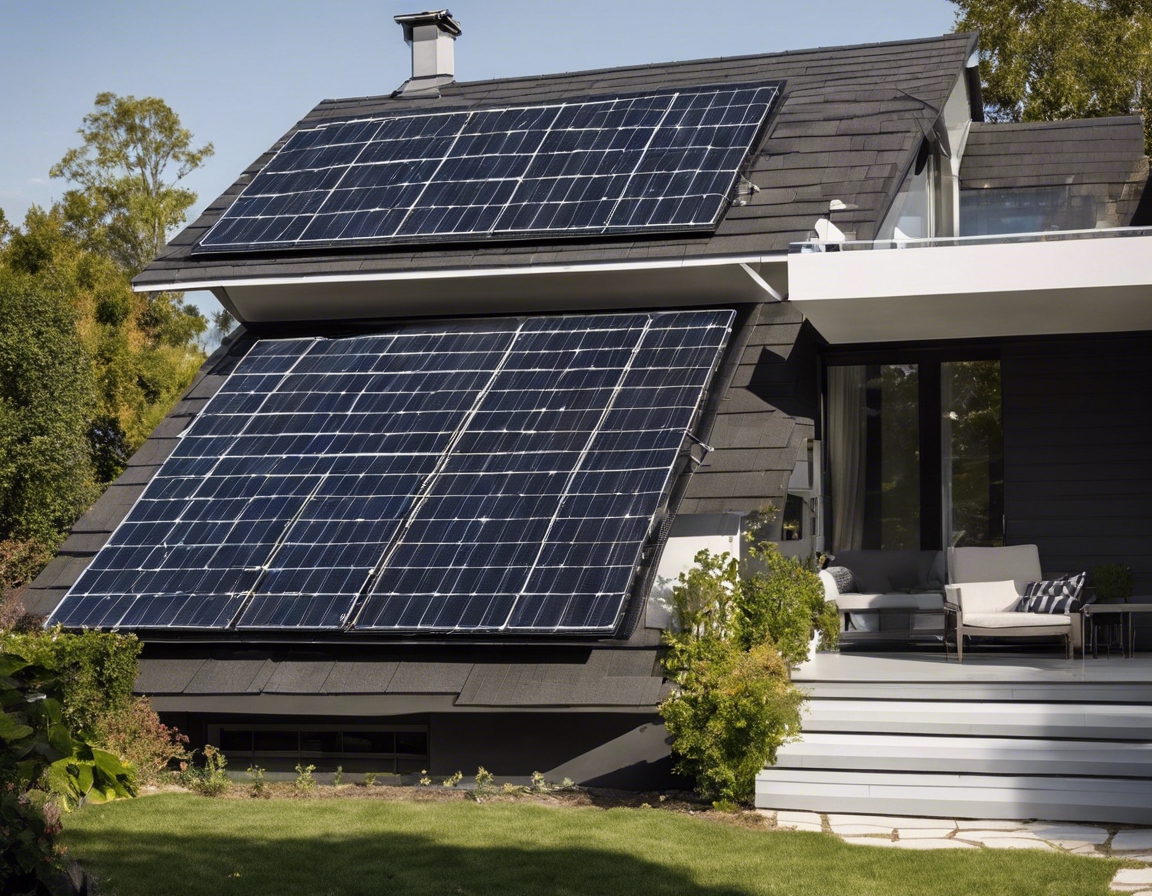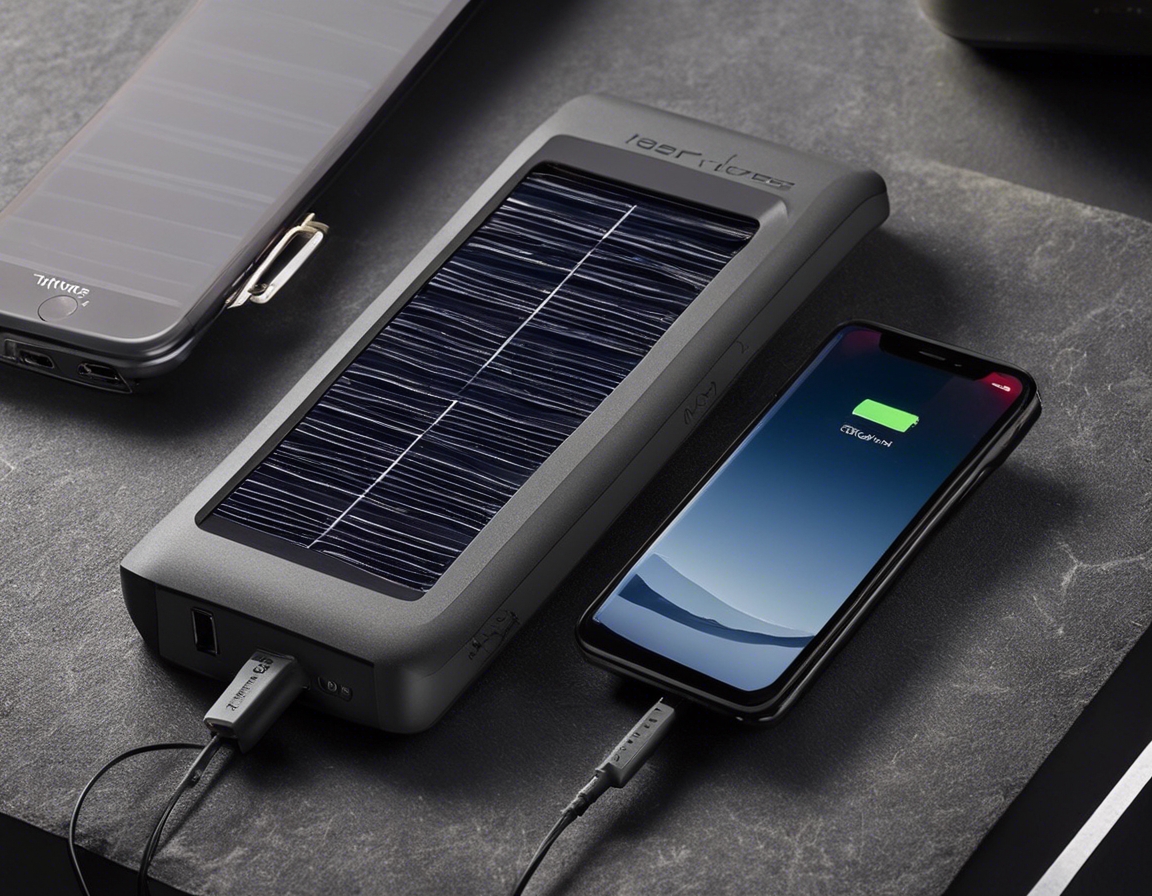The future of energy: trends in solar technology
As the world grapples with the challenges of climate change and the need for sustainable energy sources, solar technology stands out as a beacon of hope. Solar energy, harnessed from the sun's rays, is clean, abundant, and increasingly cost-effective. It represents not just an alternative, but a primary energy source for the future.
Solar power has seen exponential growth over the past decade. With technological advancements and cost reductions, solar installations have surged worldwide, making it one of the fastest-growing energy sources.
The shift towards solar energy is driven by its potential to reduce carbon footprints, provide energy security, and offer long-term savings. As the technology evolves, solar energy is becoming more accessible and practical for a wider range of applications.
Advancements in Solar Panel Efficiency
Perovskite solar cells are a promising new technology that could revolutionize solar panel efficiency. These cells have shown potential for higher efficiency rates and lower production costs compared to traditional silicon cells.
Bifacial solar panels can capture sunlight from both sides, increasing their energy generation capacity. This technology is particularly beneficial in areas with high reflectivity, such as snowy or sandy environments.
Transparent solar panels are an innovative solution that can be integrated into windows and facades, turning buildings into energy producers without compromising aesthetics.
Innovations in Solar Energy Storage
Advancements in battery technology are crucial for the viability of solar energy. Improved storage solutions are making solar power more reliable, even when the sun isn't shining.
Thermal energy storage systems are another avenue being explored to store excess solar energy. These systems can retain heat for extended periods, providing a stable energy supply.
Integration of Solar with Smart Grids
Smart grids use digital communication technology to manage electricity efficiently. When integrated with solar energy systems, they can optimize energy distribution and enhance grid stability.
The combination of solar power and smart grids leads to a more resilient energy system, capable of responding to changes in energy demand and supply dynamically.
Building-Integrated Photovoltaics (BIPV)
Building-Integrated Photovoltaics (BIPV) are solar cells or modules that are integrated into the building envelope. BIPV systems serve as both the outer layer of a structure and as power generators.
BIPV technology not only generates energy but also contributes to the architectural design of buildings, offering a seamless blend of form and function.
Government Policies and Incentives
Government incentives such as subsidies and tax credits play a significant role in promoting solar energy adoption. These policies make solar investments more attractive and feasible for a broader audience.
Renewable Portfolio Standards (RPS) require utilities to ensure that a specified percentage of the electricity they sell comes from renewable sources. This policy has been instrumental in driving the growth of solar energy.
Emerging Markets for Solar Energy
Developing countries are rapidly adopting solar technology, recognizing its potential to leapfrog traditional energy infrastructure and provide clean, affordable power.
Corporations are increasingly investing in solar energy to reduce operational costs and meet sustainability goals. This trend is a powerful driver for the expansion of solar technology.






Comments (0)